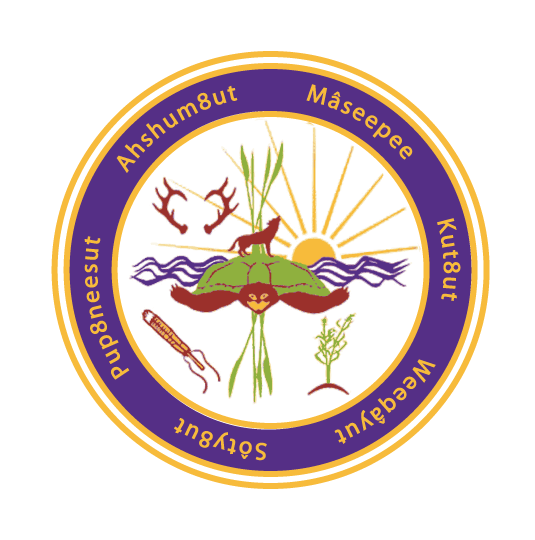The Revolution had come and the 13 colonies were fighting for their independence from Great Britain. Wampanoag Isaac Wickham left his wetu in the then-“incorporated district” of Marshpee (this original spelling containing the letter “r,” used until it was changed by the state in 1870) to fight for the Americans.
At the time the “district” status gave the Wampanoag of Marshpee a degree of autonomy and security under the laws of Massachusetts and a chance to manage their own internal affairs. Mr. Wickham left, putting his life on the line for his new nation.
He served in the War for Independence from 1780 to 1783. Wickham was in one of the light infantry companies under Major General Marquis de Lafayette.
He was with Maj. Gen. Lafayette in 1781 when forces under General George Washington, and a French army allied with him, had begun to move from New York to Yorktown, Virginia, to attack the British troops under General Lord Cornwallis.
Three weeks later, Gen. Washington reached Maj. Gen. Lafayette’s headquarters in Williamsburg, Virginia, where Mr. Wickham was stationed. At the end of September, the combined forces marched on Yorktown with more than 17,000 American and French soldiers.
Mr. Wickham took part in the siege of Yorktown and the surrender of Gen. Cornwallis on October 19, 1781, considered to be the final battle of the war that led to independence.
Mr. Wickham was one of many Wampanoags who played a role in American independence during the Revolutionary War. The Mashpee Historical Commission, with the invaluable assistance of Wampanoag Tribal Genealogist Rita Lopez, has been researching that role in advance of a planned war memorial, recognizing all Mashpee veterans of all our nation’s wars.
Research to date (and more is needed) shows 57 men from Mashpee, almost all Wampanoags, went off to fight for that independence, with 13 Wampanoags never returning, giving the ultimate sacrifice for their new nation.
Sadly, after the war was over and independence from Great Britain achieved, Mr. Wickham returned to Marshpee only to see the new American government not renew the “district” status and the Marshpee Wampanoags lose their self-governing rights.
They were denied the rights of citizens, even to the extent that Wampanoag children could now be taken from their families and indentured out into the bonds of indentured servitude. So much for gratitude and honor for their sacrifice.
Only two of the Wampanoag Indians who served in the Revolutionary War received federal pensions. The reason was that most Wampanoags who served did not often know about the pension process nor about the necessary paperwork, often requiring permanent addresses. Because Wampanoags often moved from summer and winter locations, they did not have permanent addresses. They also had the difficulty of gathering supporting testimony of whites decades after the war had ended.
For these and other factors, even though the Wampanoag soldiers served and fought for our nation’s independence, they did not receive the pension rewards that most white soldiers received.
One of the two who did receive a pension was Isaac Wickham. When he applied for a pension in 1818, Mr. Wickham was suffering from “chronic lameness” and was eking out a humble subsistence in an “old house 10 by 14 feet, one story in height.” He purchased a cow with his first pension payment. In later years, Mr. Wickham testified on behalf of other pension applicants and their widows. In time, he became the oldest living Mashpee veteran.
On November 11, Mashpee and the rest of the nation will celebrate Veterans Day.
Inside the Archives building across from town hall, members of the historical commission and a newly formed Community Park Monument Committee will continue their research to identify Mashpee veterans of all our nation’s wars. Our goal is to place the individual names of those veterans on a new monument.
We will also continue the design established in the Veterans’ Garden of placing individual honor markers for all those who gave the ultimate sacrifice and who never returned to their hometown of Mashpee.
Added to the nine current individual monuments that range from World War II to Iraq and Afghanistan will be the 13 Wampanoags who gave their lives in winning America’s War of Independence: Church Asher, Joseph Asher, Deacon Moses Job, Elisha Keeter, James Keeter, Joseph Keeter, Samuel Moses, Daniel Pocknet, Hosea Pocknet, Joshua Pocknet, Joshua Pocknet (two different Pocknets with the same name), Job Rimmon and Gideon Tumpum.
By RICHARD DESORGHER, Mashpee Enterprise


